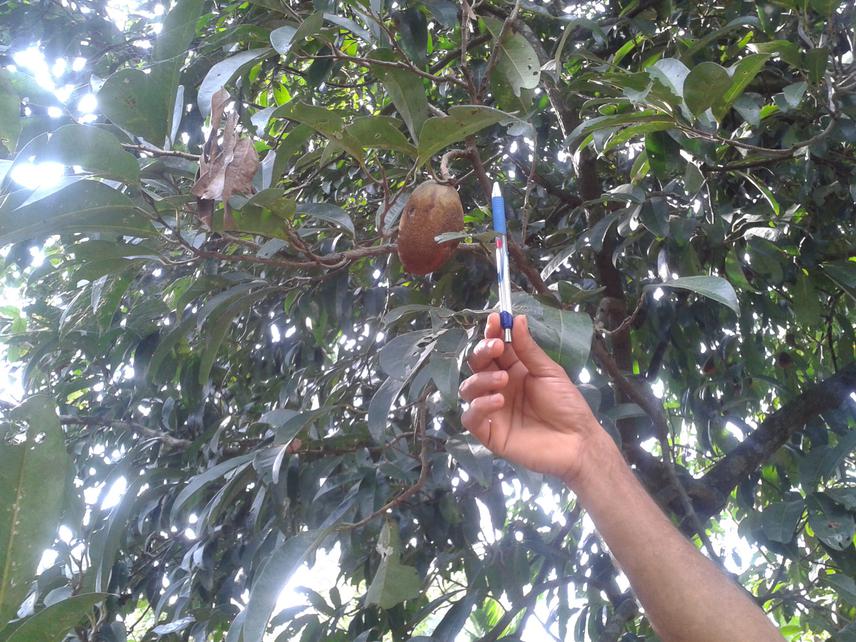Meghna Krishnadas
The aim is to understand the socio-economic drivers that influence harvest of Non-timber Forest Produce and evaluate its consequent ecological impacts on plant and animal communities.
Non-timber forest product (NTFP) harvest in tropical forests is considered a win-win solution to integrate forest-dependent livelihoods and conservation, but its sustainability is debated. NTFP extraction is advocated as a “conservation-through-use” paradigm, allowing local communities who depend on NTFP to have a stake in protecting forests. Although studies have highlighted negative impacts of harvest and questioned its sustainability, livelihood losses of forest-dwellers due to harvest restrictions are a serious concern and need to be accommodated in conservation planning.

In this regard, it is crucial to explore how NTFP harvest can benefit both humans and biodiversity. Most studies of NTFP harvest however, have focused on the socioeconomic angle, or examined the population viability of the resource alone. Few studies have assesses the impacts of harvest on a broader suite of ecological process e.g. plant-animal interactions. There is now a need to evolve multidisciplinary approaches that link socioeconomic drivers of NTFP harvest to patterns of forest use, and its consequent impacts on plant and animal communities.
In the rainforests of the Western Ghats, people have traditionally harvested wild fruits. The scale and quantity of harvest practices are now changing in the face of legislation, market demand, and economic aspirations. The ecological impacts of these socioeconomic changes remain understudied. In these forests, up to 75% of tree species are animal-dispersed; fruits being important resource for animals. Fruit harvest may alter habitat-use and seed dispersal by frugivorous birds and mammals, thus affecting regeneration of harvested species. Through collateral effects on seed dispersal of other trees in the neighbourhood, the composition of both plant and animal communities may be altered. Quantitative understanding of these processes is necessary to predict the impact of different harvest practices on biodiversity, model sustainability thresholds, and create successful management strategies for NTFP harvest to aid overall conservation efforts. The major goal of this project would be to explore potential means to integrate harvest practices with conservation of biodiversity, through a quantitative understanding of the impacts of NTFP harvest on plant and animal communities. The study will be conducted in Kudremukha National Park and surrounding unprotected forests - a biodiversity hotspot and region of high ecological importance in the Western Ghats.